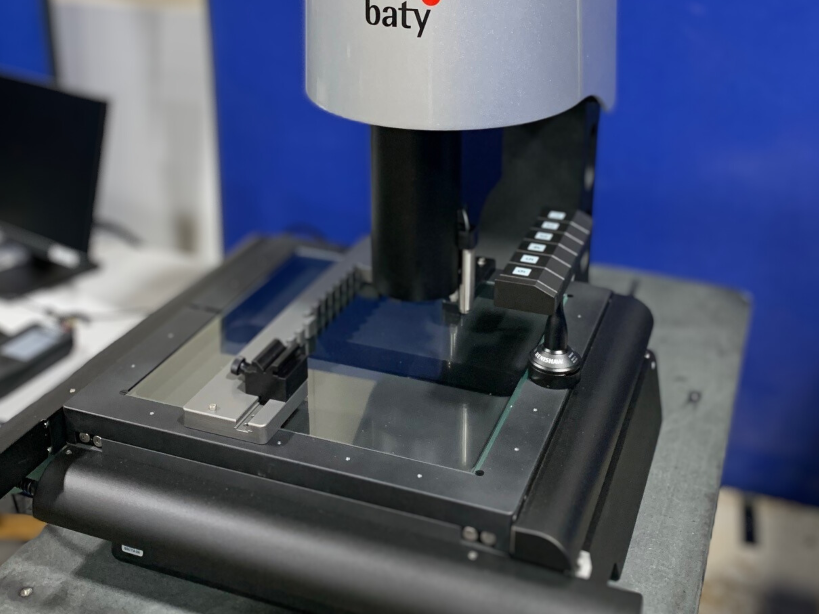Handling heat resistant materials

Heat resistant super alloys (HRSAs) need a particular approach when it comes to machining. Seco UK's technical and marketing manager, Mike Fleming, explains some of the techniques to achieve more efficient production.
The ISO S classification of workpiece materials includes heat resistant super alloys and titanium alloys. The hardness and strength of these materials mean they are widely used and increasingly specified for many performance critical aerospace, power generation and motorsport parts and components.
However, the very properties that make these alloys ideal for such applications also affect their machinability, resulting in cutting tool manufacturers developing a range of new and different products and strategies to ensure reliable, effective and economical machining.
Dealing with the difficult
The term machinability describes a metal's response and reaction to the machining process. Machinability includes four basic factors: the mechanical forces produced in machining, chip formation and evacuation, heat generation and transfer, and cutting tool wear and failure.
Excessive effects of any or all of these factors can cause a material to be deemed ‘difficult to machine'. Machinability issues arise with regard to tool life, process time, reliability and part quality when HRSA and titanium alloy machining is attempted with the same tools and techniques used for machining more conventional steels and irons.
Machining these relatively new materials is not necessarily more difficult than machining traditional metals; it's just different and requires a different approach. For example, conventional wisdom for machining a difficult material is to proceed cautiously and use less aggressive cutting data – reduced feed rates, depths of cut and speeds.
However, with the advent of new cutting tools developed specifically for these high performance alloys, the basic rule of thumb is to increase depths of cut and feed rates.
Tools engineered to handle these more aggressive parameters include fine grained carbide grades that provide good high temperature edge strength and coating adhesion and resistance to notching caused by work hardening. Ceramic and PCBN tools have also been developed for roughing and finishing of these high performance alloys.
With regard to specific machinability issues, although HRSAs, from a mechanical or force related perspective, are not vastly different from tough irons or steels, there is one major difference – most notably with regard to the generation and dissipation of heat.
Heat is generated when metal cutting deforms the workpiece material and the chips created during the cutting process (in an ideal world) carry the heat away. However, the segmented chips produced when machining HRSA and titanium alloys do not do this particularly effectively. In addition, the heat resistant materials themselves are poor conductors of heat. Temperatures in cutting zones can often reach 1,100˚ - 1,300˚C and if not dissipated quickly, heat builds up in the tool and the workpiece causing reduced tool life and even deformation.
To help solve this problem, a change in perception about cutting tool strength is needed. Sharp edged cutting tools are generally considered to be weak but one way to control the build-up of tool temperature is to use sharp cutting tools that cut rather than deforming the material. This approach generates less heat. Executing this strategy requires tools with high edge strength combined with rigidly built machine tools with good power, stability, and vibration resistance characteristics.
Hard facts
Tendencies toward strain and precipitation hardening also complicate the machining of HRSA. With strain hardening, material in the cutting zone becomes harder when subjected to the stress and high temperatures of the cutting process. Nickel- and titanium-based alloys exhibit greater strain hardening tendencies than steel.
In precipitation hardening, hard spots form in a workpiece material when high temperatures activate an alloying element that was otherwise at rest. With either tendency, the structure of the material may change significantly after only one pass of a cutting tool and a second pass will have to cut through a much harder surface. The solution is to minimise the number of passes. Instead of removing say 10mm of material with two 5mm deep cutting passes for example, it would be better to use one pass at 10mm depth of cut.
In many situations single pass machining is not possible but it is the theoretical goal. This approach also requires rethinking the finishing process which traditionally involves multiple passes at small depths of cut and light feed rates. Instead, machinists should look for possibilities to increase the parameters as much as possible and in doing so improve tool life as well as surface finishes.
A slightly deeper depth of cut for a finishing pass also positions the sharpest part of the cutting edge below any strain or precipitation hardened areas of the part. However, too deep a finishing pass may generate vibration and negatively affect surface finish. Finding the optimum balance between aggressiveness and caution is the key.
Reliability and economics
With today's tools and strategies developed specifically for nickel- and titanium-based alloys, machining can be accomplished without many technological problems, however the challenge is not simply machining the workpiece – it is machining the workpiece efficiently and economically. Considering the high cost of advanced materials and the components made from them, machining processes must be secure and reliable. Manufacturers cannot afford to produce scrap or have to rework parts.
Regarding machining parameters, increasing depth of cut and feed rates contributes to productivity. The speeds employed today in machining nickel- and titanium-based alloys are still lower than those used with steels, but current research is focused on developing cutting tool properties that will allow even higher cutting speeds to be used while still maintaining reasonable tool life.
In addition to cutting tools, other elements involved in the metal cutting process such as use of a high pressure direct coolant (HPDC) system can also help increase productivity. If cutting speeds for an ISO S material is 50m/minute, HPDC can permit cutting speeds as high as 200m/minute and thereby quadruple output.
Tool life is another issue that can be viewed from a new perspective when machining HRSA. The traditional measure of tool life counts minutes of cutting before required replacement. Another measure is cost.
If, for example, producing a certain workpiece takes two hours and tools must be changed every 20 minutes, then six tools must be purchased to complete the part. Along those lines of thinking, the goal would be to reduce tool cost and get 30 minutes of tool life instead of 20.
Tool cost however represents a small proportion of the overall value of the parts when processing costly components made from HRSAs or titanium alloys. A more relevant measure is tool utilisation, also called a tool's utilisation index.
When comparing two sample tools, if one lasts 10 minutes and produces one workpiece, the tool cost is one tool per workpiece. Another tool, applied in a different way, might last only five minutes, but produce two parts.
The goal is to create the maximum number of correct workpieces in the shortest possible time at an acceptable price. Considering the high cost of parts made of HRSAs, the tool utilisation index is a better gauge of true productivity.
As is always the case, the key factor in maximising the benefits of newly developed metal cutting technology is knowing how and when it should be applied. Seco's expertise and know-how makes us a good place to start.
Seco UK
www.secotools.com














